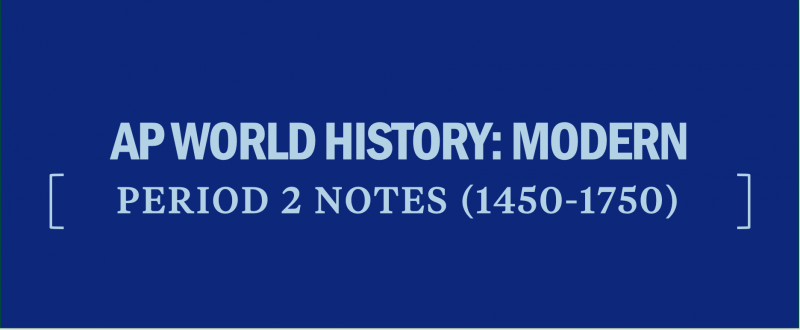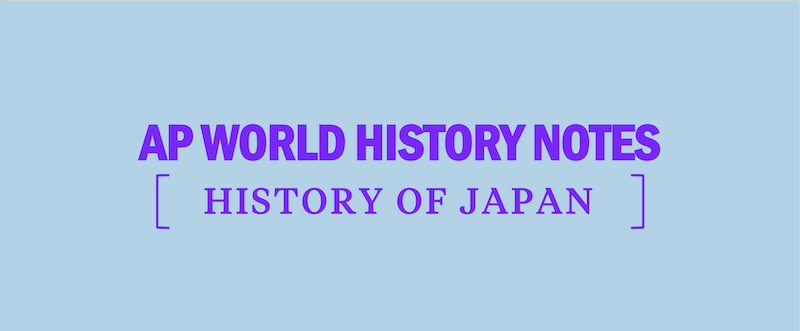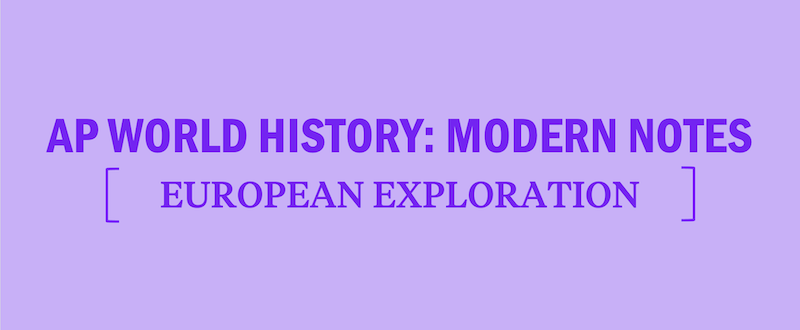AP World History Exam: Long Essay Question
The long essay question on the AP World History exam assesses your ability to apply knowledge of history in a complex, analytical manner. In other words, you are expected to treat history and historical questions as a historian would. This process is called historiography—the skills and strategies historians use to analyze and interpret historical evidence to reach a conclusion. Thus, when writing an effective essay on the AP World History exam, you must be able to write a strong, clearly developed thesis and supply a substantial amount of relevant evidence to support your thesis.
Scoring
According to the College Board, a high-scoring AP World History exam long essay question response will:
- respond to the question with an evaluative thesis that makes a historically defensible claim. The thesis must consist of one or more sentences located in one place—either in the introduction or the conclusion. Neither the introduction nor the conclusion is necessarily limited to a single paragraph.
- explain how a relevant historical context influenced the topic addressed in the question. It should also relate the topic of the question to broader historical events, developments, or processes that occur before, during, or after the time frame of the question. This explanation should consist of more than merely a phrase or a reference.
- use historical reasoning to explain relationships among the pieces of evidence provided in the response and how they corroborate, qualify, or modify the argument made in the thesis.
The AP World History exam readers will be looking for proficiency in the same four reporting categories they use to assess your DBQ response: Thesis/Claim, Contextualization, Evidence, and Analyzing and Reasoning. The readers use a rubric similar to the following to determine your raw score, which can range from 0-6.
| Reporting Category | Scoring Criteria | Decision Rules |
|---|---|---|
| Thesis/Claim (0-1 pt) | Responds to the prompt with a historically defensible thesis/claim that establishes a line of reasoning. (1 pt) | To earn this point, the thesis must make a claim that responds to the prompt rather than restating or rephrasing the prompt. The thesis must consist of one or more sentences located in one place, either in the introduction or the conclusion. |
| Contextualization (0-1 pt) | Describes a broader historical context relevant to the prompt. (1 pt) | To earn this point, the response must relate the topic of the prompt to broader historical events, developments, or processes that occur before, during, or continue after the time frame of the question. This point is not awarded for merely a phrase or reference. |
| Evidence (0-3 pts) | Evidence from the Documents: Provides specific examples of evidence relevant to the topic of the prompt. (1 pt) OR Supports an argument in response to the prompt using specific and relevant examples of evidence. (2 pts) | To earn one point, the response must identify specific historical examples of evidence relevant to the topic of the prompt. To earn two points the response must use specific historical evidence to support an argument in response to the prompt. |
| Analysis and Reasoning (0-2 pts) | Uses historical reasoning (e.g. comparison, causation, continuity and change over time) to frame or structure an argument that addresses the prompt. (1 pt) OR Demonstrates a complex understanding of the historical development that is the focus of the prompt, using evidence to corroborate, qualify, or modify an argument that addresses the question. (2 pts) | To earn the first point, the response must demonstrate the use of historical reasoning to frame or structure an argument, although the reasoning might be uneven or imbalanced. To earn the second point, the response must demonstrate a complex understanding. This can be accomplished in a variety of ways, such as: • Explaining nuance of an issue by analyzing multiple variables • Explaining both similarity and difference, or explaining both continuity and change, or explaining multiple causes, or explaining both cause and effect • Explaining relevant and insightful connections within and across periods • Confirming the validity of an argument by corroborating multiple perspectives across themes • Qualifying or modifying an argument by considering diverse or alternative views or evidence This understanding must be part of the argument, not merely a phrase or reference. |



